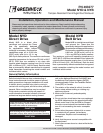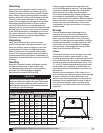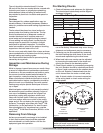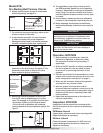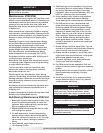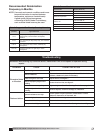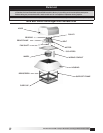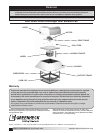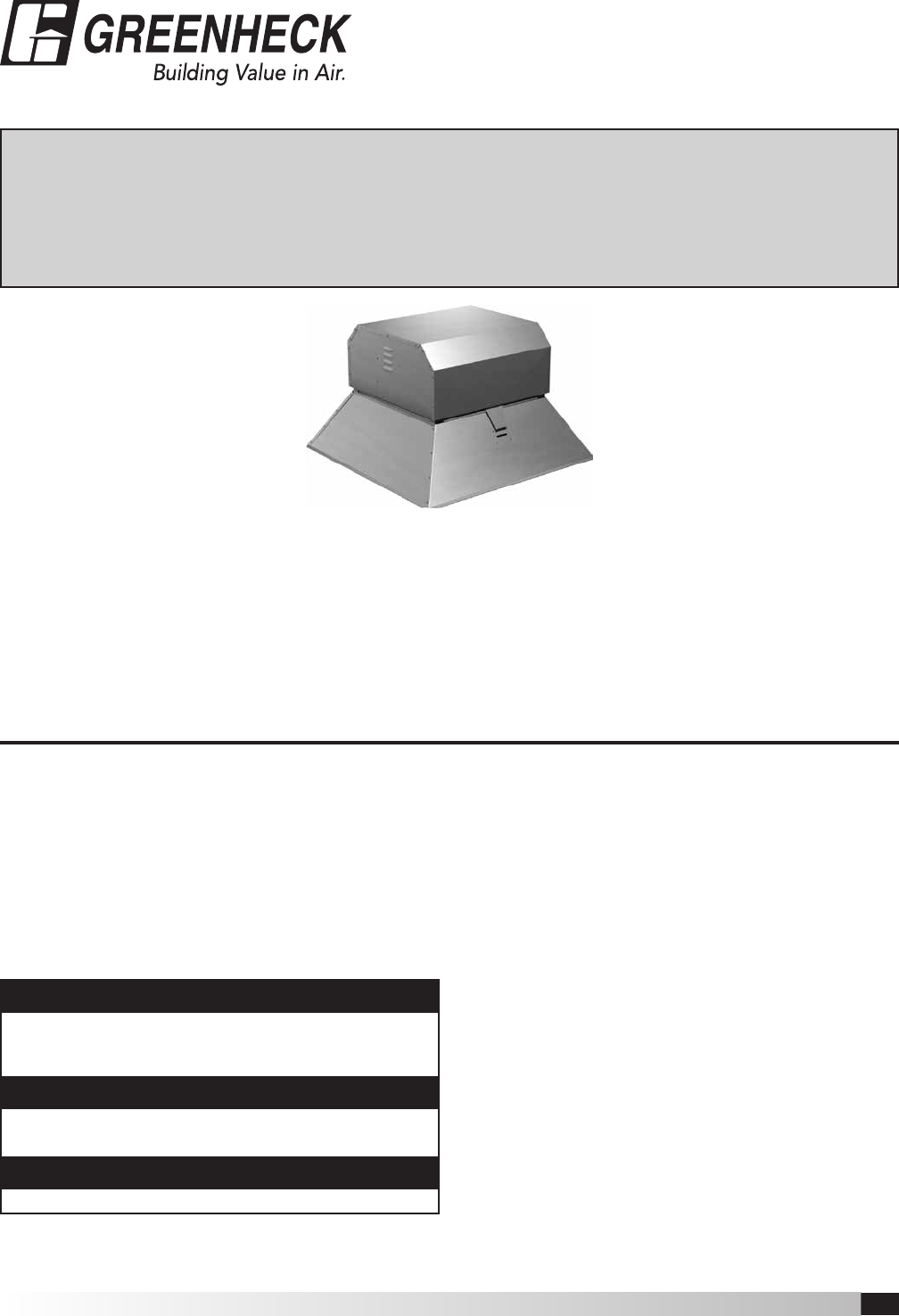
1
Models NYD & NYB • Tamper-Resistant Centrifugal Roof Exhaust Fans
Installation, Operation and Maintenance Manual
Please read and save these instructions for future reference. Read carefully before attempting
to assemble, install, operate or maintain the product described. Protect yourself and others by
observing all safety information. Failure to comply with instructions could result in personal injury
and/or property damage!
®
PN 463277
Model NYD & NYB
Tamper-Resistant Centrifugal Roof Exhaust
Model NYD
Direct Drive
Model NYD is a direct drive
centrifugal roof exhaust fan. These
fans are specifically designed
for applications where tamper
resitance is necessary. Performance
capabilities range up to 3,000 cfm
(5,097 m
3
/hr) and up to 1.0 in. wg
(249Pa) of static pressure. The maximum continuous
operating temperature for fan sizes 075-140 is 180°F
(82°C). NYD fans are available in six sizes with
nominal wheel diameter ranging from 8 to 14 inches
(203 to 356mm) (075 - 140 unit sizes). Each fan shall
bear a permanently affixed manufacturer’s engraved
metal nameplate containing the model number and
individual serial number.
Model NYB
Belt Drive
Model NYB is a belt drive centrifugal
roof exhaust fan. These fans are
specifically designed for applications
where tamper resistance is necessary.
Performance capabilities range up to
8,000 cfm (13,592 m
3
/hr) and up to
1.0in.wg (249Pa) of static pressure.
The maximum continuous operating temperature is
180°F (82°C). NYB fans are available in four sizes with
nominal wheel diameter ranging from 11 to 24 inches
(279 to 610 mm) (100 - 240 unit sizes). Each fan shall
bear a permanently affixed manufacturer’s engraved
metal nameplate containing the model number and
individual serial number.
Only qualified personnel should install this fan.
Personnel should have a clear understanding of
these instructions and should be aware of general
safety precautions. Improper installation can result
in electric shock, possible injury due to coming in
contact with moving parts, as well as other potential
hazards. Other considerations may be required
if high winds or seismic activity are present. If
more information is needed, contact a licensed
professional engineer before moving forward.
1. Follow all local electrical and safety codes, as
well as the National Electrical Code (NEC) and
the National Fire Protection Agency (NFPA),
where applicable. Follow the Canadian Electric
Code (CEC) in Canada.
2. The rotation of the wheel is critical. It must be
free to rotate without striking or rubbing any
stationary objects.
3. Motor must be securely and adequately
grounded.
4. Do not spin fan wheel faster than max cataloged
fan RPM. Adjustments to fan speed significantly
effects motor load. If the fan RPM is changed,
the motor current should be checked to make
sure it is not exceeding the motor nameplate
amps.
5. Do not allow the power cable to kink or come
in contact with oil, grease, hot surfaces,
or chemicals. Replace cord immediately if
damaged.
6. Verify that the power source is compatible with
the equipment.
7. Never open access doors to a duct while the fan
is running.
DANGER
Always disconnect, lock and tag power source before
installing or servicing. Failure to disconnect power source
can result in fire, shock or serious injury.
CAUTION
When servicing the fan, motor may be hot enough to
cause pain or injury. Allow motor to cool before servicing.
CAUTION
Precaution should be taken in explosive atmospheres.
General Safety Information



